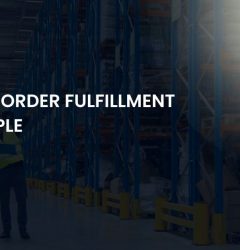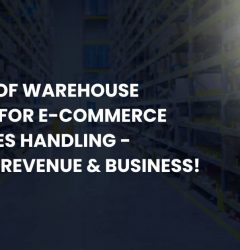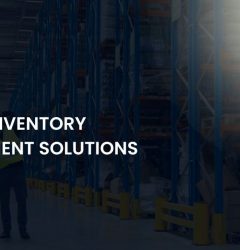25 Aug

In the rapidly evolving world of e-commerce, packaging is more than just a container for your products—it’s a powerful tool that can define your brand, enhance customer experience, and set you apart from the competition. Despite its significance, many businesses underestimate the impact of effective packaging on their overall success. This blog will delve into essential statistics and insights about packaging to help you elevate your e-commerce business to new heights.
The Crucial Role of Packaging in E-Commerce
As an online retailer, your packaging is the first physical touchpoint between your brand and your customers. It’s not just about protecting the product; it’s about making a memorable impression that resonates long after the package is opened.
- First Impressions Matter: A well-designed package can create excitement and anticipation, enhancing the unboxing experience.
- Brand Identity: Customized packaging reinforces your brand’s image and values, helping you stand out in a crowded market.
- Customer Loyalty: Exceptional packaging can lead to repeat purchases and word-of-mouth referrals.
- Social Media Impact: Attractive packaging encourages customers to share their unboxing experiences on platforms like Instagram and YouTube, providing free marketing for your brand.
Eye-Opening Statistics About E-Commerce Packaging
Understanding the current trends and projections in the e-commerce packaging market can help you make informed decisions for your business. Here are some vital statistics:
Global E-Commerce Packaging Market Growth
- E-Commerce Sales Surge: Global e-commerce sales reached $4.9 trillion in 2021 and are projected to grow to $7.4 trillion by 2025. (Source: eMarketer, 2021)
- Packaging Market Expansion: The global e-commerce packaging market was valued at $49.2 billion in 2022 and is expected to reach $98.2 billion by 2027, exhibiting a Compound Annual Growth Rate (CAGR) of 14.8%. (Source: MarketsandMarkets, 2022)
- Asia-Pacific Leads the Way: The Asia-Pacific region is projected to hold the largest share of the e-commerce packaging market by 2027, driven by booming online retail in countries like China and India.
The Impact of Packaging on Consumer Behavior
- Unboxing Experience Influences Purchases: Approximately 40% of consumers are more likely to purchase from a retailer that offers premium packaging. (Source: Dotcom Distribution, 2020)
- Social Sharing: Over 60% of consumers say they are likely to share a product image on social media if it comes in unique or gift-like packaging.
- Damage Prevention: 52% of customers report that they have received packages with damaged products due to inadequate packaging, leading to returns and negative reviews. (Source: Packaging Digest, 2021)
Trends Shaping E-Commerce Packaging
Sustainability Takes Center Stage
- Eco-Friendly Demand: 73% of consumers are willing to pay more for sustainable packaging. (Source: Trivium Packaging, 2021)
- Regulatory Pressure: Governments worldwide are implementing stricter regulations on packaging waste, pushing businesses toward recyclable and biodegradable materials.
Customization and Personalization
- Brand Differentiation: Customized packaging can increase perceived value and brand loyalty.
- Technological Advancements: Digital printing technologies enable affordable customization even for small businesses.
Innovation in Protective Packaging
- Focus on Damage Reduction: Packaging providers are innovating to create solutions that minimize product damage during transit, which is crucial for customer satisfaction and cost reduction.
- Smart Packaging: The integration of QR codes and NFC tags allows for enhanced customer engagement and supply chain tracking.
Major Players in the E-Commerce Packaging Market
- Amcor plc: A global leader in developing and producing responsible packaging for food, beverage, pharmaceutical, medical, home, and personal care products.
- Mondi plc: An international packaging and paper group that offers sustainable packaging solutions.
International Paper Company: One of the world’s leading producers of fiber-based packaging and pulp.
These companies are continually investing in research and development to offer innovative, sustainable, and cost-effective packaging solutions.
Real-World Examples
Case Study: Amazon’s Frustration-Free Packaging
Amazon introduced its Frustration-Free Packaging (FFP) program to reduce waste and enhance the customer experience. By designing packaging that is easy to open, recyclable, and ships without additional boxes, Amazon improved customer satisfaction and reduced packaging costs.
1. Results:
- Reduced Packaging Waste: Eliminated over 500 million boxes since the program’s inception.
- Enhanced Customer Experience: Significant reduction in negative feedback related to packaging.
Small Business Success: Glossier
Beauty brand Glossier uses minimalist yet distinctive pink bubble mailers for their products. This packaging not only protects the items but also reinforces the brand’s identity.
Impact:
- Social Media Buzz: Thousands of unboxing posts on Instagram and YouTube.
- Brand Recognition: The packaging has become synonymous with the brand itself.
The Shift Towards Sustainable Packaging
Companies Embrace Biodegradable and Recyclable Packaging
E-commerce packaging providers are responding to the rising consumer demand for sustainable practices. According to a 2022 report by Mordor Intelligence, there is a significant shift in the industry, with companies more willing than ever to offer packaging that is 100% biodegradable and recyclable. This change is driven by both consumer preferences and the global push to reduce carbon footprints.
Transition to Paper-Based Packaging
Plastic pollution has become a pressing global issue, and e-commerce companies are taking steps to mitigate their contribution. The same Mordor Intelligence report indicates that businesses are moving towards paper-based packaging to reduce plastic waste. Paper packaging is not only recyclable but also biodegradable, making it a more sustainable option that appeals to environmentally conscious consumers.
Amazon’s Pioneering Role in Sustainable Packaging
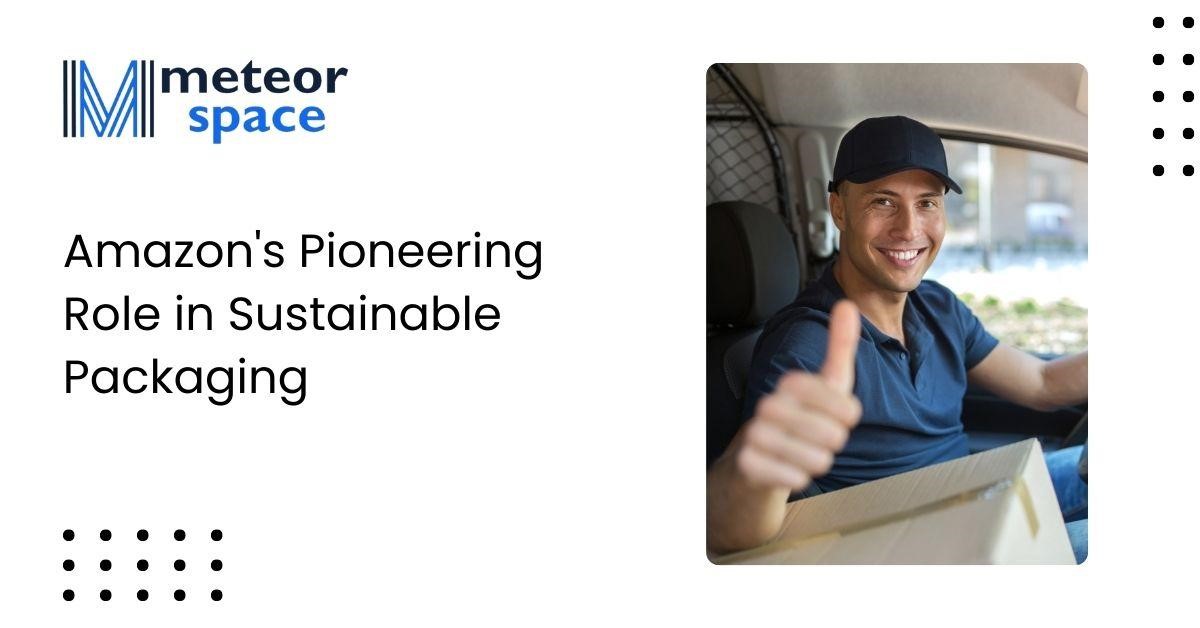
Frustration-Free Packaging Initiative
Amazon, one of the world’s largest e-commerce platforms, has been at the forefront of sustainable packaging innovation. In 2008, Amazon introduced the Frustration-Free Packaging program, aiming to reduce the environmental impact of its shipping practices. This initiative eliminates unnecessary packaging materials and uses recyclable, easy-to-open boxes that double as shipping containers.
- Impact: By 2023, Amazon reported that it had eliminated over 915,000 tons of packaging materials, the equivalent of 1.6 billion shipping boxes. (Source: Amazon Sustainability Report, 2023)
Reduction of Additional Shipping Boxes
The Frustration-Free Packaging program has significantly cut down the need for extra shipping boxes. By optimizing package sizes and using sustainable materials, Amazon has not only reduced waste but also decreased shipping costs due to lighter and smaller packages.
Alarming Statistics on Plastic Packaging Waste
Despite efforts by companies like Amazon, plastic packaging waste remains a significant environmental challenge.
Global Plastic Usage in E-Commerce Packaging
- In 2022, the global e-commerce industry used approximately 2.9 billion pounds of plastic packaging. (Source: Statista, 2023)
- Plastic packaging waste from e-commerce was estimated to be over 1.3 billion kilograms in the same year.
Projected Increase by 2025
- By 2025, it’s projected that 4.5 billion pounds of plastic will be used in e-commerce packaging worldwide if current trends continue. (Source: Environmental Research Letters, 2022)
- This projection underscores the urgent need for widespread adoption of sustainable packaging solutions.
Success Stories in Sustainable Packaging
Italy’s Move Towards Corrugated Cardboard
Italy has made significant strides in reducing plastic packaging in e-commerce.
- The use of corrugated cardboard in e-commerce packaging in Italy has increased to 88%. (Source: PackMedia, 2023)
- Only 10% of e-commerce packaging in Italy now uses plastic, demonstrating a national commitment to sustainability.
Consumer Preferences Driving Change
- A survey by Ipsos in 2023 found that 78% of U.S. consumers are more likely to purchase products packaged in cardboard or paper because they perceive them as more environmentally friendly. (Source: Ipsos, 2023)
- 62% of consumers said they are willing to pay more for products with sustainable packaging.
The First Impression Counts
Poor Packaging Deters Repeat Purchases
A study by Dotcom Distribution in 2022 revealed that 60% of consumers are unlikely to make a repeat purchase from an online retailer if they receive a poorly packaged item. (Source: Dotcom Distribution, 2022)
Key Takeaway: Investing in high-quality, visually appealing packaging is crucial for customer retention and brand reputation.
Packaging Influences Buying Decisions
A Deciding Factor for Consumers
According to a 2023 survey by Ipsos, 72% of U.S. consumers say that packaging design influences their purchasing decisions. (Source: Ipsos, 2023)
Consumers are drawn to packaging that is not only aesthetically pleasing but also functional and sustainable.
Action Steps:
- Enhance Visual Appeal: Use colors, images, and fonts that align with your brand identity.
- Improve Functionality: Ensure packaging is easy to open and protects the product effectively.
- Promote Sustainability: Use eco-friendly materials to attract environmentally conscious buyers.
The Power of Social Media
Unique Packaging Encourages Sharing
In the age of Instagram and TikTok, unboxing experiences have become a significant marketing avenue. A report by Packlane in 2022 found that 40% of consumers are more likely to share a product image on social media if it comes in unique or premium packaging. (Source: Packlane, 2022)
Benefits:
- Free Marketing: User-generated content increases brand visibility.
- Customer Engagement: Creates a community around your brand.
Tips:
- Add Personal Touches: Include thank-you notes or small gifts.
- Innovative Design: Use creative packaging elements that surprise and delight customers.
Packaging Affects Gift Purchases
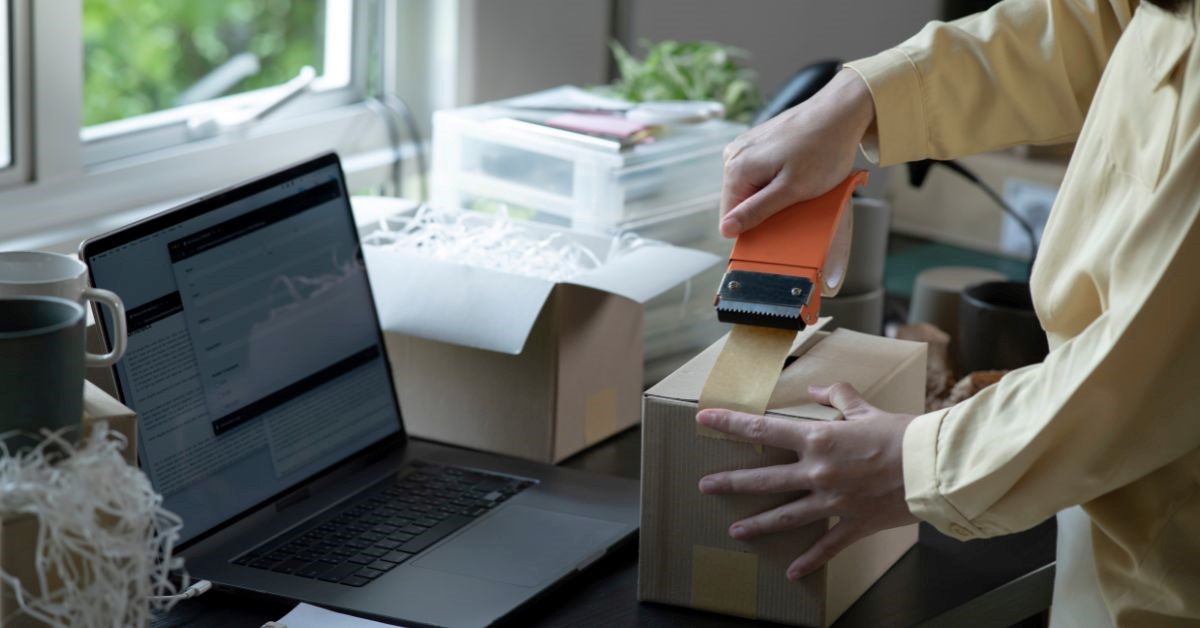
Influencing Gift Selection
During holidays and special occasions, packaging can be the deciding factor in gift purchases. An 81% majority of U.S. consumers stated that premium packaging makes a product more desirable as a gift. (Source: Shorr Packaging Corp., 2022)
Strategies:
- Seasonal Themes: Customize packaging for holidays to boost sales.
- Luxury Materials: Use high-quality materials like embossed paper or foil stamping.
Perception of Quality Through Materials
Paper and Cardboard Convey Luxury
A study by Ipsos in 2023 showed that 67% of consumers believe that products packaged in cardboard or paper appear more premium. (Source: Ipsos, 2023)
Advantages:
- Eco-Friendly: Appeals to sustainability-minded consumers.
- Enhanced Aesthetics: Allows for high-quality printing and finishes.
Implementation:
- Upgrade Packaging Materials: Switch to recyclable and biodegradable options.
- Highlight Sustainability: Include messaging about your eco-friendly choices.
The ROI of Quality Packaging
Boosting Revenue Through Packaging
A 2023 article in Forbes reported that 30% of businesses experienced increased revenue after improving their packaging. (Source: Forbes, 2023)
Reasons:
- Higher Perceived Value: Premium packaging can justify higher price points.
- Customer Loyalty: Satisfied customers are more likely to make repeat purchases.
Considerations:
- Cost-Benefit Analysis: Weigh the initial investment against long-term gains.
- Collaborate with Experts: Partner with packaging specialists to optimize design and materials.
Building Trust with Transparent Labels
The Importance of Honest Labeling
Transparency fosters trust. A 2022 study by Label Insight found that 74% of consumers are more loyal to brands that provide transparent product information. (Source: Label Insight, 2022)
Best Practices:
- Clear Labeling: Provide detailed product information and usage instructions.
- Authenticity: Avoid misleading claims and be honest about product features.
- Engage Customers: Use QR codes to share more about your brand story.
Packaging Design Influences Brand Switching
Consumers Change Brands Over Packaging
A report by WestRock in 2022 indicated that 52% of consumers have switched brands due to new packaging design. (Source: WestRock, 2022)
Implications:
- Stay Current: Regularly update packaging to reflect market trends.
- Customer Feedback: Use surveys to understand what your customers prefer.
Elevate Your E-Commerce Packaging with Meteor Space
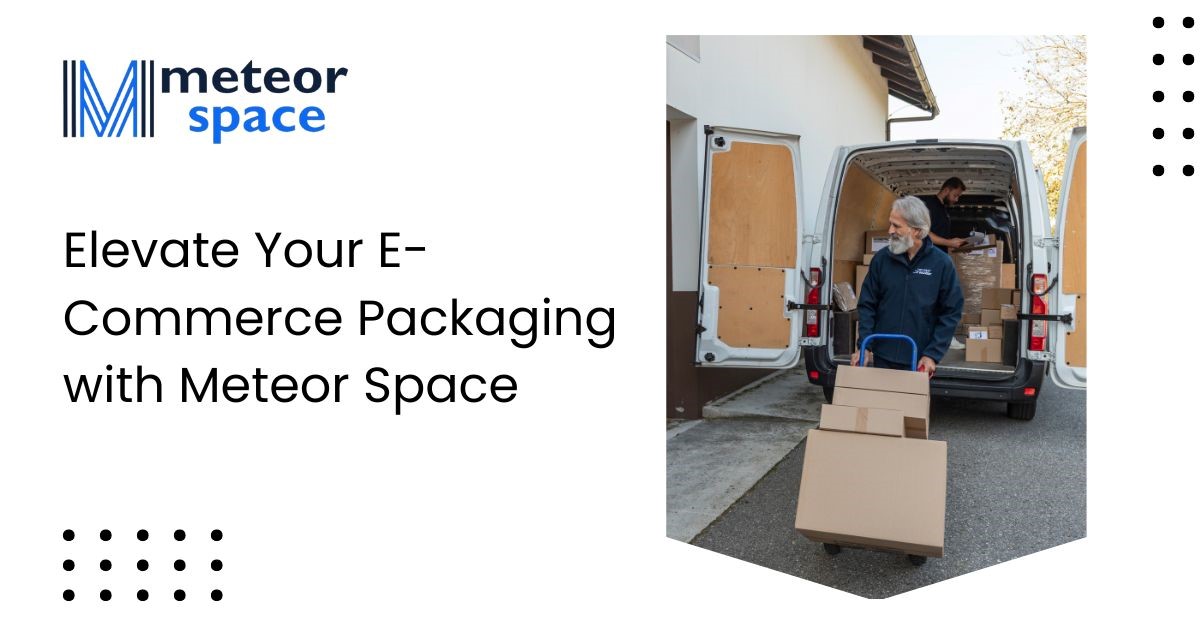
It’s clear that packaging is a vital component of your e-commerce success. It affects everything from first impressions to customer loyalty and even your bottom line.
Why Choose Meteor Space?
At Meteor Space, we specialize in providing top-notch packaging solutions tailored to your brand’s unique needs.
Our Services Include:
- Customized Packaging: We design packaging that reflects your brand identity.
- Premium Materials: Our high-quality materials ensure product safety and customer satisfaction.
- Affordable Solutions: We offer competitive pricing without compromising on quality.
Take Action Today
Don’t let subpar packaging hold your business back. Elevate your brand and delight your customers with exceptional packaging solutions.
Contact us now to speak with our experts and discover how we can transform your e-commerce packaging.
